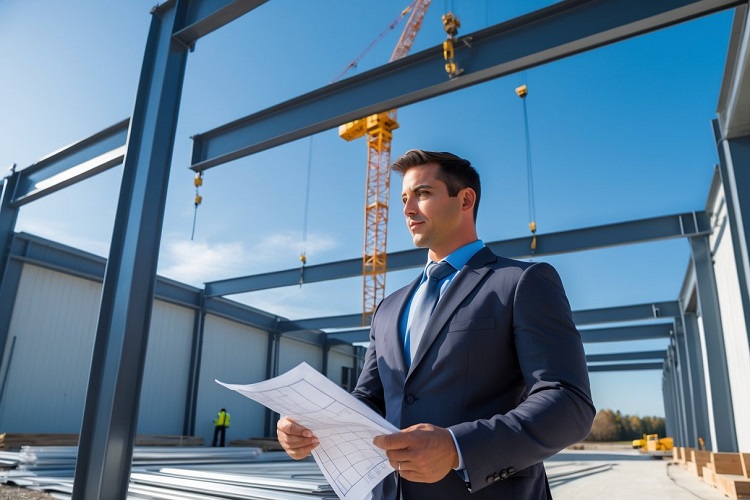Construction decisions strongly impact the long-term financial health of businesses with a focus on expansion or cost-efficiency interests. The selection of the appropriate building material is not only an aesthetic or strength issue but rather an economical solution that does not compromise the quality. Steel has an advantage over metal buildings because it is cost-effective in various commercial and industrial processes. Here is how using metal buildings for construction helps businesses cut expenses and save money in the long run.
Table of Contents
Lower Material and Labor Costs
The prefabrication of metal buildings is one of the major benefits of these structures. Most building systems made of metal are pre-engineered, built away, and ready to assemble. It allows time spent on site, decreases the chances of errors, and enables projects to be completed within a shorter timeline. Steel buildings can be constructed faster than conventional construction. Reduced timelines for cheaper labor and faster business activities are key to businesses operating on a low budget.
Reduced Maintenance Expenses
Metal, particularly galvanized steel, unlike wood or concrete, is not susceptible to most problems that may lead to wear and tear. It never rots or warps and is less prone to pests like termites. Metal structures are also resistant to mold, mildew, and water damage with proper treatment. Consequently, businesses should aim to spend less on running maintenance costs than on traditional construction. These savings increase as years pass, particularly in expansive facilities such as agriculture buildings, warehouses, or manufacturing plants.
Energy Efficiency and Insulation Options
Although metal is a conductor, improvements have been made to insulation systems, making metal buildings highly energy-efficient. Metal buildings with adequate insulation provide favorable interior temperature conditions and minimize heating and cooling requirements. Reflective roofs, insulated sheets, and ventilation also help reduce the utility bills throughout the year. Reflective metal roofs may lead to a reduction in peak cooling demand of 10-15%. These savings in energy accumulate rapidly, particularly in huge business units.
Longevity and Resale Value
Steel buildings have a long lifespan. A well-constructed metal structure may effortlessly stay 50 years or even longer without major refurbishment. Such longevity puts value on your investment. Besides, metal buildings usually have high resale value, especially in the storage, logistics, or agricultural sector, where the demand for flexible space is still high. The low depreciation rate also safeguards the asset’s value after some period, with an ROI that is nearly impossible to achieve with wood or concrete buildings.
Flexibility for Expansion
Metal buildings can be designed to be modular so that future expansions will be simpler and less expensive. Companies that expand beyond their starting capacity can add to the total square feet without significantly tearing down and rebuilding. Such flexibility eliminates the expenses of actual future construction and promotes long-range development. The ability to design workplaces flexibly is invaluable in case a business in the developing industry expects to expand operations in the future.
Make the wise financial choice of using metal buildings in your future construction project and get the short-term and long-term savings you need. Metal structures provide businesses the best value due to reduced labor and maintenance costs, energy efficiency, and a long lifespan.

